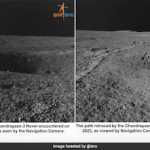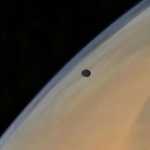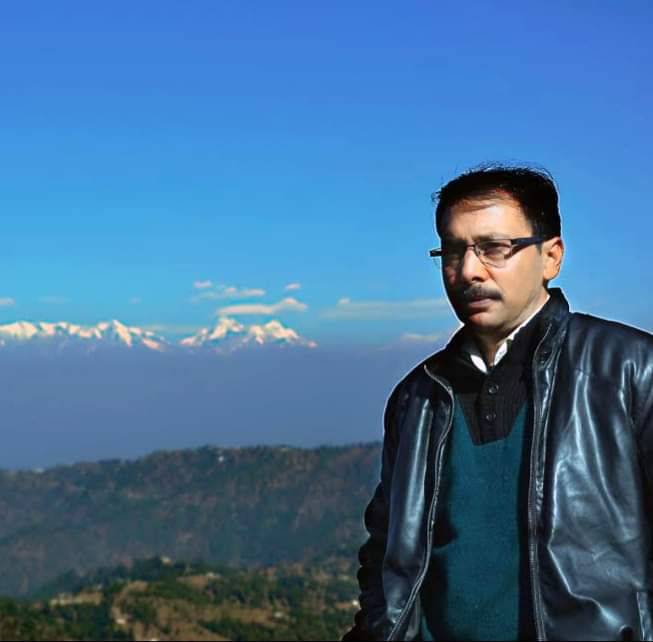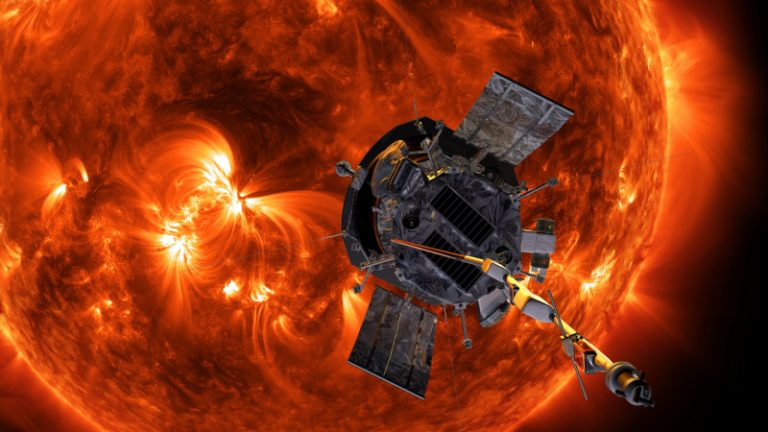Indian Space Mission:🎂
ISRO to launch Aditya L1 solar mission on September 2 after Chandrayaan 3
Chandrayaan-3: Deep pit in front of Rover Pragyan
Mangalyaan captures moon Phobos in room
After conquering the moon, now it is the turn of the sun. The sun has a deep relationship with the earth and living beings including humans. On one hand the earth is bound by the gravitational attraction of the sun, on the other hand life cannot be imagined without its rays. Due to which the study of the Sun becomes absolutely essential and India is going to take the next step in the world of space through the mission Aditya L1. This ambitious effort by ISRO will prove to be a boon for the safety of artificial satellites in space, will help advance atmospheric science, and will also enable short-term space weather forecasting. Not only this, it will probably be helpful in forecasting the information about the coming changes in climate change like mini ice age in the future. ISRO has announced the launch of Aditya L1 on 2 September.
Chandrayaan-3’s rover saved from falling into the pit
A huge pit came in front of Chandrayaan 3’s Rover Pragyan. The Indian Space Research Organization tweeted on Monday afternoon that the rover encountered a crater three meters from the edge. After sensing the danger of the pit, the Pragyan rover was safely sent to another route. Only 8 days are left for the completion of one lunar day. Nilesh M. Desai, director of the Space Applications Center (SAC), told that the rover module of Chandrayaan-3, Pragyan, is moving on the surface of the moon. The six-wheeled rover will cover the maximum distance to the uncharted South Pole. India took a giant leap on the moon on 23 August. The Chandrayaan-3 lander module successfully landed on the South Pole of the Moon. This was a historic achievement of India.
Presently he is doing his work successfully. Last day, Chandrayaan-3 has given information about the maximum temperature of 70 degree Celsius on the Moon.
Japan postpones ‘Moon sniper’ rocket launch carrying NASA, ESA-built satellite for third time


Mangalyaan was launched in 2013 by the Indian Space Research Organization (ISRO). Mangalyaan was India’s first interplanetary mission. He is working continuously. Roscosmos, followed by NASA and the European Space Agency was sent by ISRO. With the success of this mission, it became the fourth country to reach the orbit of Mars.
Mangalyaan captured Phobos passing over Mars today. Whose video and picture have been released by ISRO.
Source and photo: ISRO

Journalist Space science.
Working with India’s leading news paper.
और अधिक जानें

